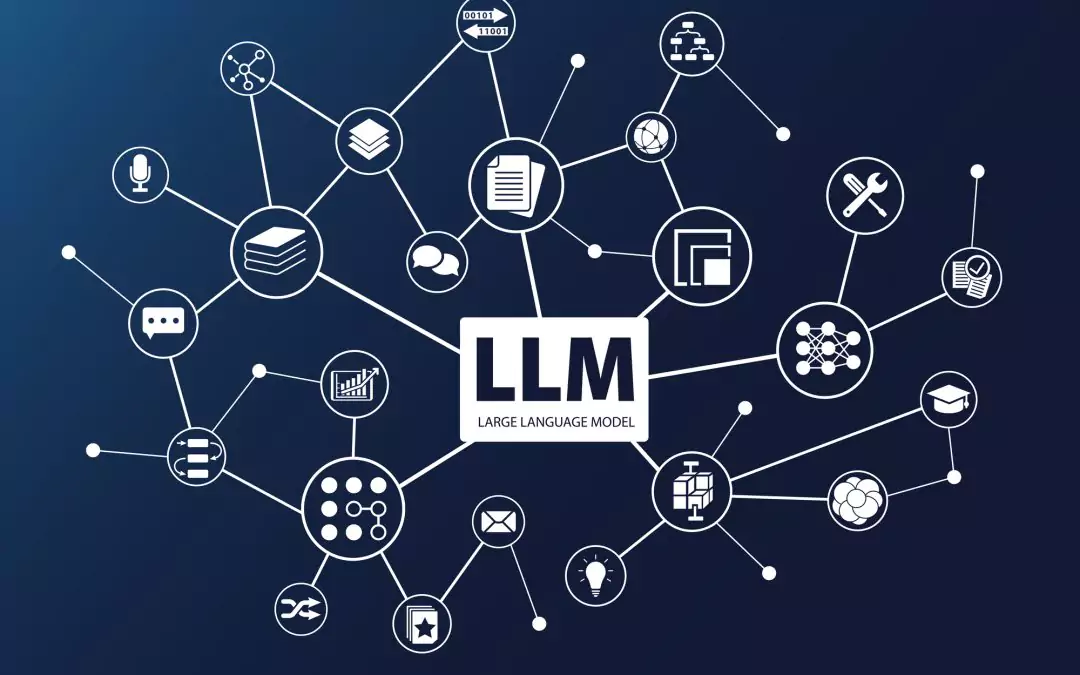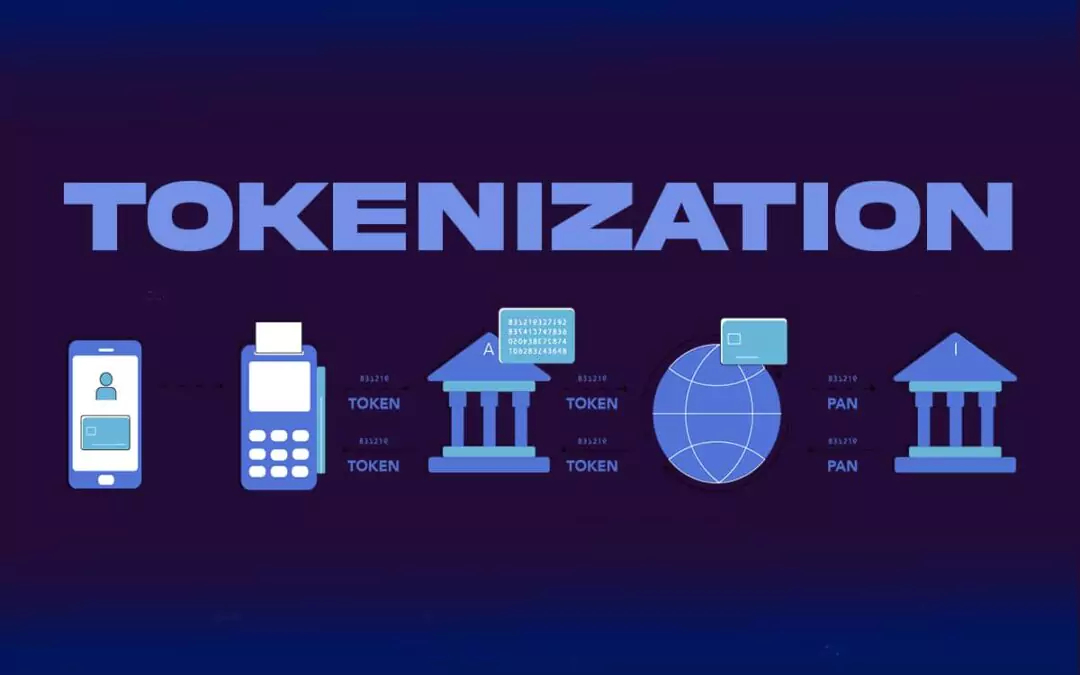Introduction
Have you ever wondered how Alexa seems to understand everything you say? Or how Google knows precisely what you want to search before you finish typing?
These are large language models at work, and they're trained to understand human language. But how does one go about training a machine to grasp the complexities of language?
Put your trainer hat on, because in this blog post, we're going to explore the process of training a large language model.
Get ready to discover the insights, step-by-step guidelines, and handy tips on training these large language models.
By the end, you'll have a newfound appreciation for the technology that powers your favorite digital assistants. So, shall we begin training?
Understanding Language Models
Language models are algorithms used to understand and generate human language.
Large volumes of text data are used to train these models, which help them understand syntax, patterns, and semantic linkages.
They have grown in popularity because of their adaptability and capacity to carry out various tasks, including sentiment analysis, text summarization, machine translation, and more.
This section will delve deeper into language models, exploring their different types and the benefits of training Models.

Types of Language Models
Language models can be classified into two main types: statistical and neural.
Statistical Language Models
Using statistical approaches, these models determine the likelihood of a word or word combination occurring in a specific environment.
They make assumptions based on the training data's frequency and distribution of words.
Statistical language models were popular before the advent of neural networks and are still used in specific applications.
Neural Language Models
Neural language models use the power of neural networks, particularly recurrent neural networks (RNNs) and transformer models, to learn the relationships between words and generate text.
These models have produced state-of-the-art outcomes in various natural language processing tasks and are particularly good at capturing long-range relationships.
Now in te section we will cover the benefits of training LLMs.
Benefits of Training a Large Language Model
There are many benefits of training LLMs. contextual learning to efficiency and time saving.
Let us see that training models offer several significant benefits:
Contextual Understanding
Large language models can understand the nuances of human language and generate contextually relevant text.
Because of extensive data training, these models can understand complex grammatical structures, colloquial idioms, and linguistic patterns peculiar to a specific topic.
Improved Task Performance
Large language models can be fine-tuned for tasks like sentiment analysis or question-answering.
Training LLMs on a specific dataset and fine-tuning it with task-specific data can improve performance.
Creativity and Text Generation
Large language models can generate coherent and contextually relevant text, making them valuable tools for creative content generation.
They can be used to automate content creation, generate product descriptions, or even assist in creative writing.
Efficiency and Time-saving
Training models allows for efficient and faster text generation.
Once trained, the model can quickly generate relevant text based on the input provided, saving time and effort for content creators, customer support teams, and researchers.
Now, let us see the steps for training Models.
Step 1: Choosing the Right Data
Selecting high-quality and relevant training data is crucial to training LLM effectively.
The data quality directly impacts the model's understanding, generation, and performance.
In this step, we will discuss the importance of high-quality training data, identify relevant data sources, and explore the process of cleaning and preprocessing the data.
Importance of High-Quality Training Data
The training data significantly influences the language model's accuracy and reliability.
Curating a diverse and representative dataset covering various topics, genres, and writing styles is essential.
High-quality data helps the model learn the intricacies of language and ensures its ability to generate coherent and contextually relevant text. It is crucial to consider factors such as data sources, data collection techniques, and data enrichment methods to ensure the data's suitability for training Models.
Identifying Relevant Data Sources
Finding relevant data sources is crucial to training LLMs. One can start by exploring publicly available datasets, such as books, articles, and websites.
Online platforms that provide access to large amounts of text data, like Wikipedia or web crawlers, can be valuable resources.
It may also be necessary to collect domain-specific data or gather data from specialized sources to train the model for specific use cases.
However, it is important to ensure that the data collected is legally and ethically obtained and respects privacy and copyright considerations.
Cleaning and Preprocessing the Data
Cleaning and preprocessing the dataset is essential before feeding the data into the training pipeline.
This involves removing irrelevant or noisy data, correcting spelling and grammatical errors, normalizing text, and ensuring consistent formatting.
Techniques such as tokenization, removing stop words, and performing stemming or lemmatization can help improve the quality and consistency of the data.
Preprocessing the data ensures that the language model receives clean and standardized input, which is essential for effective training and the generation of accurate text.
Once the data is curated, cleaned, and preprocessed, it is ready for training LLMs.
The choice of data and the data preparation process play a crucial role in the model's performance and ability to understand and generate high-quality text.
Careful consideration and attention to detail in this phase will lay a solid foundation for the subsequent steps in the training process.
Step 2: Preprocessing the Data
Preprocessing the data is an essential step in training models.
It involves cleaning and transforming the data to suit the model's requirements.
Preprocessing helps to ensure that the data is in a structured format that the model can understand.
In this step, we will explore the preprocessing process, including techniques such as tokenization, normalization, and stop-word removal.
Tokenization

Tokenization is splitting text into smaller, meaningful units called tokens. Tokens can be words, phrases, or even characters, depending on the context.
Tokenization helps to simplify the text and make it easier for the model to process.
Tokenization involves breaking down the text into smaller pieces and removing irrelevant characters such as punctuation and whitespace.
Tokenization is essential because it enables the model to understand the structure and meaning of the text.
Normalization
Normalization involves standardizing the text data to ensure consistency and uniformity.
Normalization techniques include converting text to lowercase, removing accent marks, and expanding contractions.
This technique helps reduce the data's dimensionality and make it more manageable for the model to process.
Normalization is critical because it helps to avoid ambiguity and enhances the model's understanding of the text.
Stop-Word Removal
Stop words are words that do not contribute to the meaning of the text, such as prepositions, conjunctions, and articles.
Removing stopwords helps reduce the text's complexity and makes it easier for the model to understand the context.
Stop-word removal is a crucial step in text preprocessing as it helps to eliminate irrelevant words that can negatively impact the model's performance.
Step 3: Training the Language Model
Training LLMs is the most critical phase of the process.
The model learns from the training data and uses that knowledge to generate coherent and contextually relevant text.
This step will explore the different training model methods and the factors that affect the model's performance.
Supervised Learning
Supervised learning involves training models using labeled data, where each example is paired with a corresponding label.
In this approach, the model learns to predict the label for each input example.
Supervised learning is a standard method for training LLMs in sentiment analysis, text classification, and named entity recognition tasks.
Unsupervised Learning
Unsupervised learning involves training the model on raw, unlabeled data without predefined labels.
The model is expected to learn and extract the underlying patterns and structure in the data.
Unsupervised learning is popular for training models, modeling, and text generation tasks.
Transfer Learning
Transfer learning involves fine-tuning a pre-trained language model for a specific task or domain.
The model uses the knowledge learned from the pre-trained model and adapts it to the new task.
Transfer learning is a powerful technique significantly reducing the required training data and improving the model's performance.
Factors that affect the model's performance include:
The quality and diversity of the training data.
The size and architecture of the model.
Hyperparameter tuning.
Optimizing these factors can improve the model's performance and accuracy.
Step 4: Evaluating the Model
Evaluating the performance of the language model is critical to determining its accuracy and effectiveness in generating text.
In this step, we will explore different methods for evaluating the model's performance and how to interpret the results.
Perplexity
A widespread criterion for assessing language models' performance is ambiguity. It calculates the mean degree of ambiguity in the model's forecasts.
A model with a lower perplexity than a greater one is more accurate and better understands the context.
N-gram-based Metrics
N-gram-based metrics evaluate the model's performance based on the frequency of n-grams in the generated text compared to the training models data.
The most common n-gram-based metrics are precision, recall, and F1 score. These metrics evaluate the model's performance, such as comprehension, coherence, and relevance.
Human Evaluation
Human evaluation is the most reliable method for evaluating the quality of the generated text.
It involves having human evaluators rate the generated text based on various qualitative measures, such as relevance, fluency, and coherence.
Though it is time-consuming and resource-intensive, human evaluation provides valuable insights into the model's limitations and areas for improvement.
Step 5: Deploying and Scaling the Model
Deploying and scaling the language model involves integrating it into a production environment and ensuring its performance and scalability.
This step will explore the different deployment options, including cloud-based platforms and on-premises solutions.
Cloud-Based Platforms
Cloud-based platforms offer convenient and scalable solutions for deploying language models, allowing businesses to access and integrate models through APIs or pre-built apps.
Well-known cloud service providers offer numerous language models and deployment-ready tools, including Google Cloud, Amazon Web Services, and Microsoft Azure.
On-Premises Solutions
On-premises solutions offer businesses complete control and security over their language models but require more investment in infrastructure and maintenance.
On-premises systems suit organizations with significant computational resources and robust IT support.
Conclusion
Training a large language model can bring big benefits. This can help businesses get better at things like handling customers, creating content, and analyzing data. But it's important to remember that training these models isn't always easy. It needs lots of computer resources and there can be issues of bias in the model.
Despite these challenges, with the right approaches, businesses can truly benefit from this tech. The key is to make sure we're using it responsibly.
Looking ahead, large language models are going to play an even bigger role in AI and how we use technology. Knowing about them and keeping up with changes can help your business grow and stay on top.
Frequently Asked Questions (FAQs)
What is the importance of data preprocessing?
Preprocessing the data helps to transform it into a structured format that the model can understand, enhancing its accuracy.
What are the different types of training methods?
Supervised, unsupervised, and transfer learning are the primary training models methods for a large language model.
How to evaluate the performance of a language model?
Perplexity, n-gram-based metrics, and human evaluation are the most common model performance evaluation methods.
What factors affect the performance of a language model?
The quality and diversity of the training models data, the size and architecture of the model, and hyper-parameter tuning are essential factors that affect performance.
What are the deployment options for language models?
Cloud-based platforms offer convenient and scalable solutions, while on-premises systems provide organizations complete control and security over their language models.


